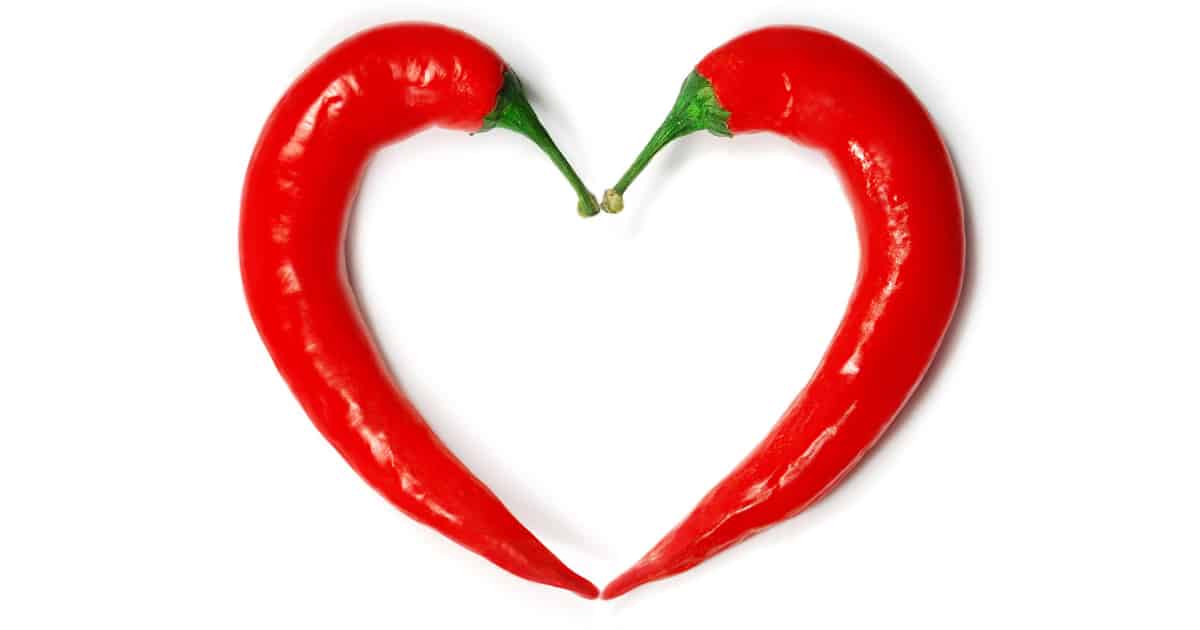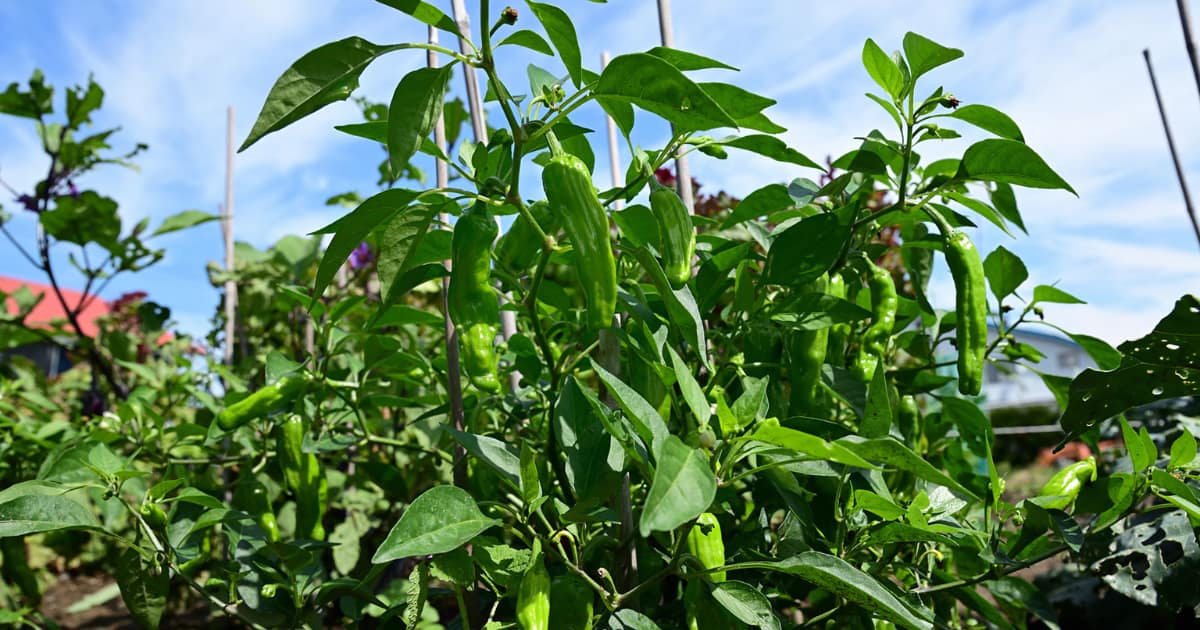I enjoy cooking and trying new ways to make my dishes more flavorful. One way I do this is by using chili powder or chili peppers.
These ingredients are common in many cuisines, such as Mexican, Indian, and Thai. They have different flavors and heat levels, making any dish more interesting.

Chili powder mixes dried ground chilies and spices like cumin, oregano, and garlic. The heat level depends on the kind of chilies and the mix of spices.
Chili pepper is the fresh or dried fruit of the plant. It can be whole, sliced, or chopped in different dishes. There are many peppers, each with a unique flavor and heat level.
Sometimes I don't have the exact ingredient I need for a recipe. Then I wonder: Can I use chili powder instead of chili peppers?
I will compare these two ingredients, look at their flavors, discuss the advantages and disadvantages of using one instead of the other, and give some tips for making suitable substitutions.
Understanding the differences between chili powder and chili pepper

Both types of spice come from the same plant but have different features. Let's compare them to see if we can use one instead of the other.
Chili powder is a mix of dried, ground chilies and other spices. It has more than one flavor because of the extra spices. Chili pepper is only the fruit of the plant. It has a more potent and straightforward flavor.
They also have different textures. Chili powder is smooth and refined, while peppers can be rough and uneven. It can be whole, chopped, or minced. The texture affects how the dish feels in your mouth and how the heat and flavor spread.
Another thing to consider is the heat level. Chili powder can vary in hotness, depending on the spices used. Chili peppers can be scorching or less hot, depending on the kind of pepper. Some peppers are much hotter than others.
Can I substitute chili powder for chili pepper? Pros and cons
Let's compare them. Can we use one instead of the other? It depends on the recipe and what you want.
Pros:
- Chili powder can give a similar heat as chili pepper if you pick a blend with the same heat level.
- The extra spices in chili powder can make a dish richer and more attractive, which can be good sometimes.
- Chili powder is easy to find in most stores and lasts long, so it's handy when you don't have fresh peppers.
Cons:
- Chili powder may not taste like chili peppers, which could change how your dish turns out.
- Chili powder has a different texture than chili peppers, which could affect how your dish feels and looks.
- Chili powder may not let you control the spice level as well as peppers, which could be tricky to get it right.
Successful recipe substitutions with chili powder
Chili powder can sometimes replace peppers in recipes. It may not taste the same, but it can still work well.
Chili con carne, taco seasoning, and different curry dishes can use chili powder instead of chili peppers. Chili powder has a rich and complex flavor that can make these dishes more tasty and spicy.
Alternatives to chili powder and chili pepper
If you don't have either spice, you may need another ingredient to add heat and flavor to your dish.
Some options are:
Red pepper flakes have a similar heat level to chili peppers and can work well as a substitution.
Hot sauce: This can be a tasty alternative, depending on the type of hot sauce. It can give a similar heat level and some extra flavors.
Cayenne pepper: This spice is pure chili pepper and can replace either, depending on the recipe. But it is usually much hotter than most peppers and powders, so you may need to use less.
Tips for adjusting heat levels in your recipes
When working with these spices, it's essential to consider the heat level of your dish and adjust it to your preference.
Here are some tips for doing so:
- Start with a smaller amount than called for in the recipe, and gradually add more until you reach your desired heat level.
- Taste as you go. Remember that you can always add more heat, but removing it once it's in the dish is difficult.
- If you've accidentally added too much heat, try adding a cooling element to your dish, such as yogurt or sour cream, to help balance the spice.
Conclusion
To sum up, both varieties add heat and flavor to your food but differ. It would be best to consider the recipe, how spicy you want it, and how it will taste when you choose one.
You can try different things and see what works best for you. Both versions can make your food more tasty and exciting for you and your guests.
Remember these tips the next time you cook, and wonder if you can use chili powder instead of chili pepper.
Have fun – cooking is a great way to explore new ingredients and flavors. Enjoy your food!

